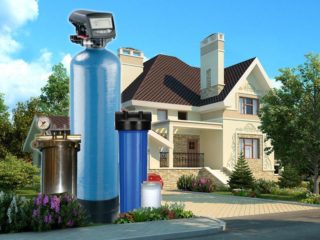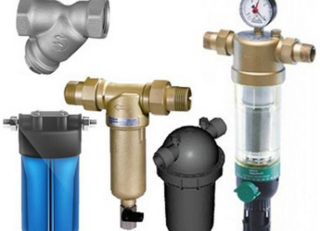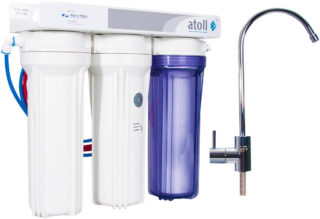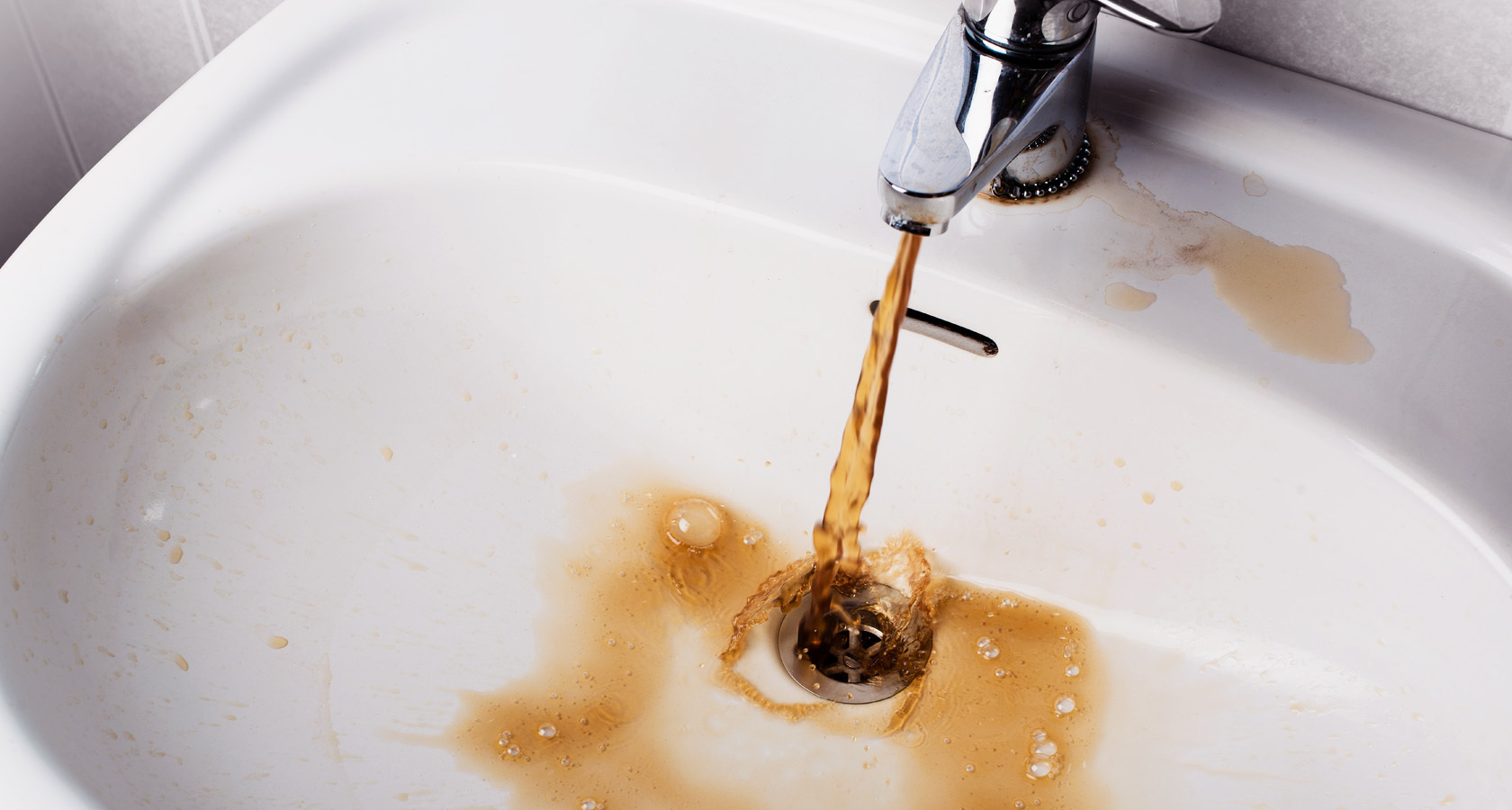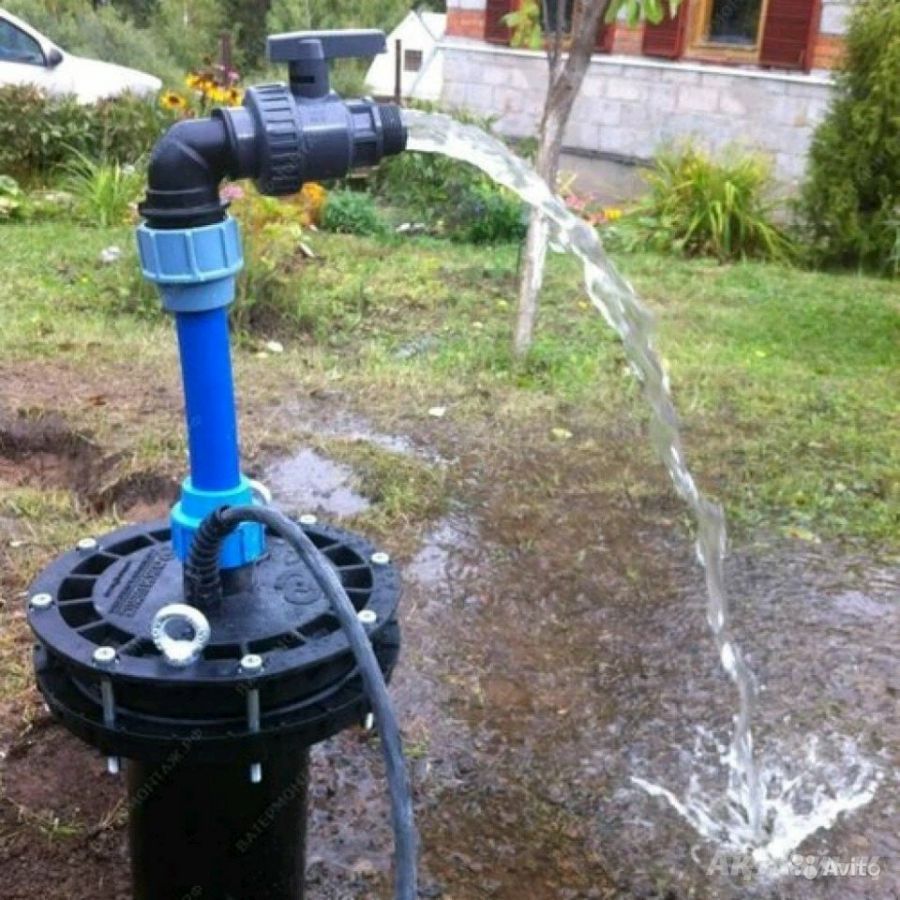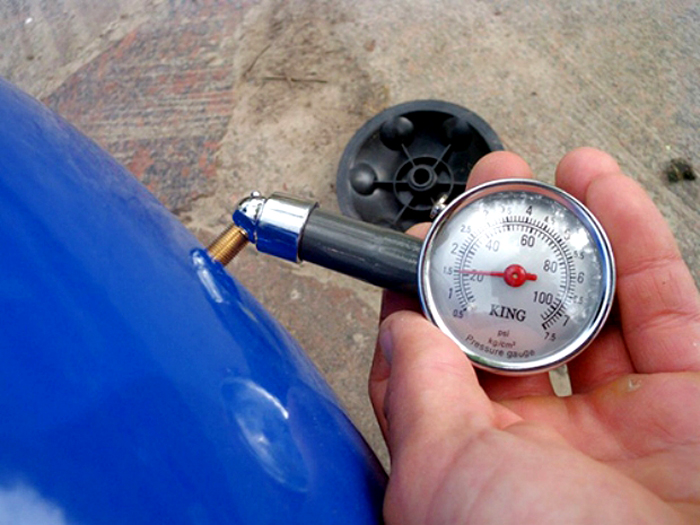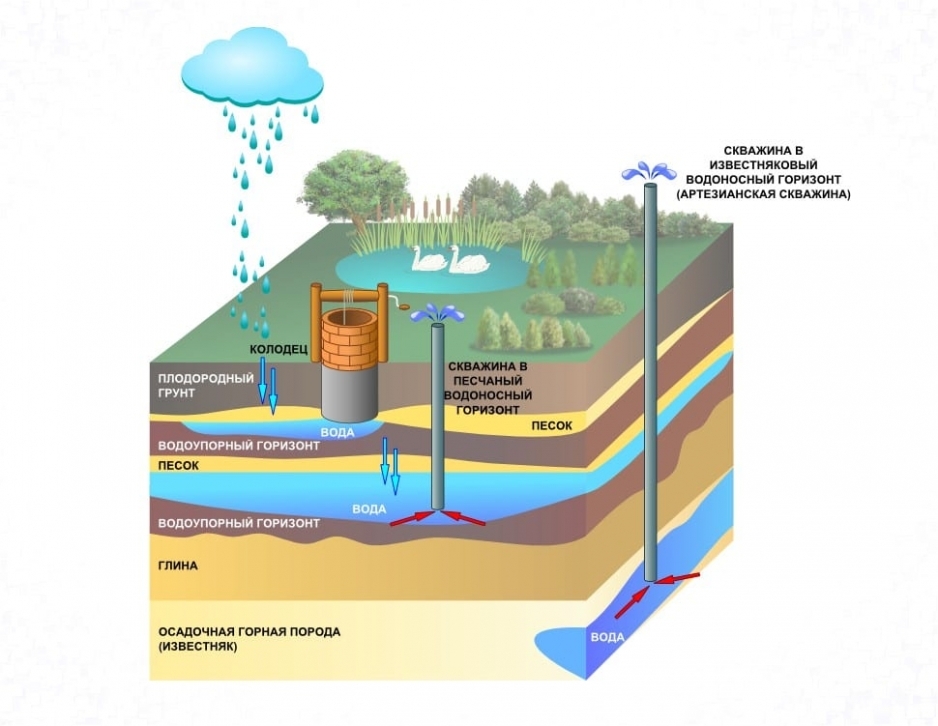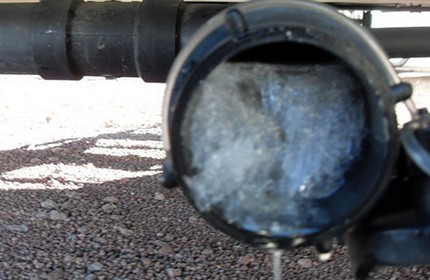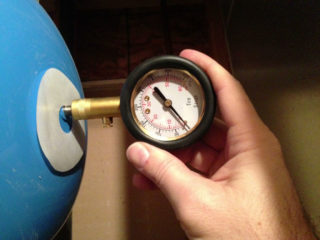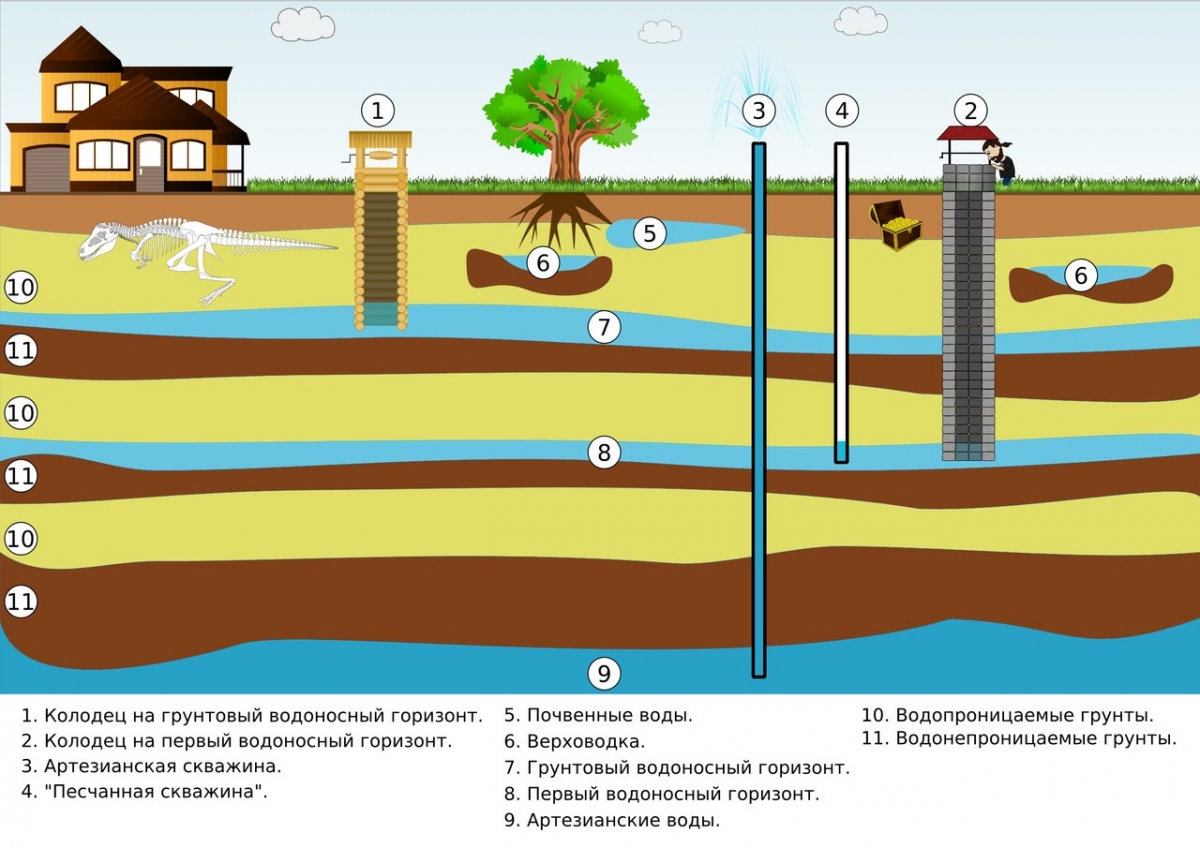Boiling is considered by many people to be one of the best water treatment options. But this is an erroneous statement, since bacteria continue to be in the liquid, and trace elements that are of great importance for the human body are destroyed.
When calcium and magnesium salts are destroyed, a certain amount of which is always contained in water, an insoluble precipitate is formed. It accumulates on the surfaces of the heating elements, forming the well-known scale.
Boiling chlorinated water is accompanied by the formation of harmful compounds, which often lead to serious illnesses. This water is known for its high levels of dioxin. For the human body, it is a poison, and given the fact that it is not excreted from chlorinated water, it is not recommended to use it for household and food purposes.
Features of the choice of a water treatment system
Choosing a water treatment system is not an easy task. And the priority criterion here is not the cost of equipment. Manufacturers supply the market with a wide variety of water treatment systems that differ in service life, degree of purification and level of process automation.
In order not to be mistaken in choosing a water treatment system, it is necessary to clarify the characteristics of the water entering the dwelling, and also more or less accurately determine the following parameters:
- type of impurities - in different seasons, the amount and composition of impurities may be different, which must be taken into account when determining this parameter;
- technical characteristics of the city's wastewater treatment plants;
- costs of water purification and filter replacement;
- type of residues after cleaning;
- availability of consumables;
- maintainability of the system.
Household water treatment
To purify water that will be used for domestic purposes, the system is usually installed at the inlet section of the water supply system. Water purification is carried out using coarse filters.
There are several types of coarse filters:
- disk;
- filling;
- mesh.
Water passing through such filters fully retains its mineral properties and does not damage household appliances. But you shouldn't use such liquid for drinking.
It is necessary to rid water not only of impurities, but also of pathogens. To do this, you can use the following methods:
- exposure to natural substances based on manganese dioxide;
- chlorination;
- ultraviolet irradiation.
With this purification, the form of a sediment takes on dissolved iron, which then goes into the sewage system.
Water softening is mandatory. This procedure involves the removal of both mineral salts and organic compounds from the liquid. The efficiency of removing impurities from water is increased by the action of ion-exchange resins contained in a certain amount of filters.
The final stage of household water purification is its passage through a charcoal filter. This material has worked well for a very long time.Due to the presence of a number of remarkable properties in activated carbon, water gets rid of various undesirable inclusions dissolved in it in one amount or another, for example, gases, chlorine, specific odors and others.
Drinking water treatment
Drinking water can be purified with several types of filters.
Filter jugs
The low cost of such equipment has determined its widespread use. However, the low throughput and long-term cleaning make it difficult to use filter jugs. The volume of the water tank is about 3 liters, and as for the throughput of the devices, it varies in the range of 150–250 l / h. The use of jug filters for cooking food is considered impractical.
Flowing
These are a kind of attachments designed for installation on a crane. Flow-through filters have a capacity of 100–400 l / h. Filters should be changed every 1000 liters. A significant disadvantage of such water treatment equipment is its high cost.
Stationary
These filters are usually installed under the sink. They are combined with the main water supply, while being equipped with a separate tap. Water in such a system has a pressure no less than in a pipe without filters. The maximum resource of stationary devices is 15 thousand liters, and they pay off rather quickly.
The high quality of water treatment will ensure the simultaneous use of such means as:
- ion exchange resins;
- carbon fibers;
- carbon filters.
Devices containing silver purify water even better. But due to their high cost, they are not very popular with consumers.
The choice of this or that type of water treatment system is up to the buyer himself, and it is determined by the current needs and the budget for the purchase.

